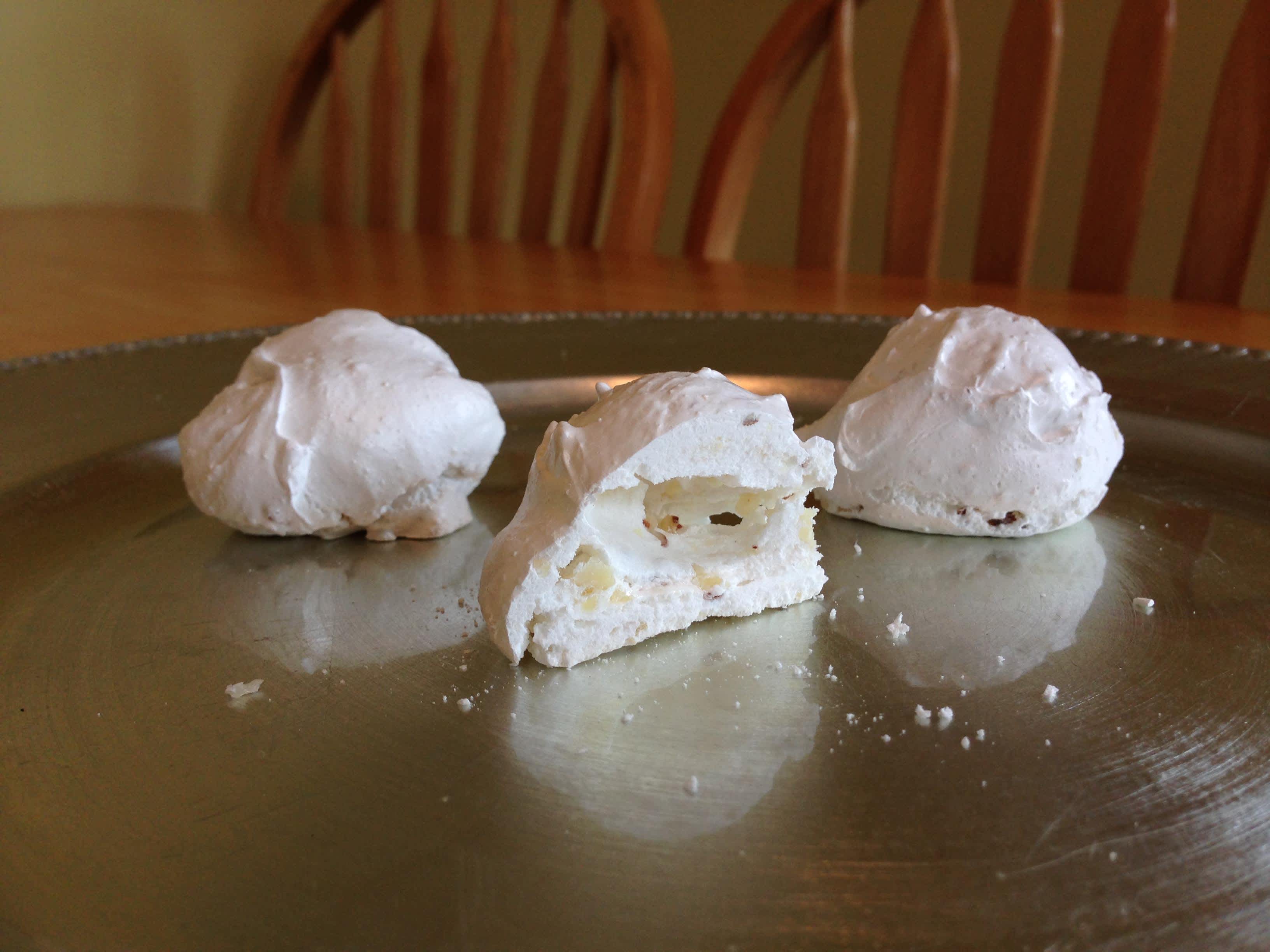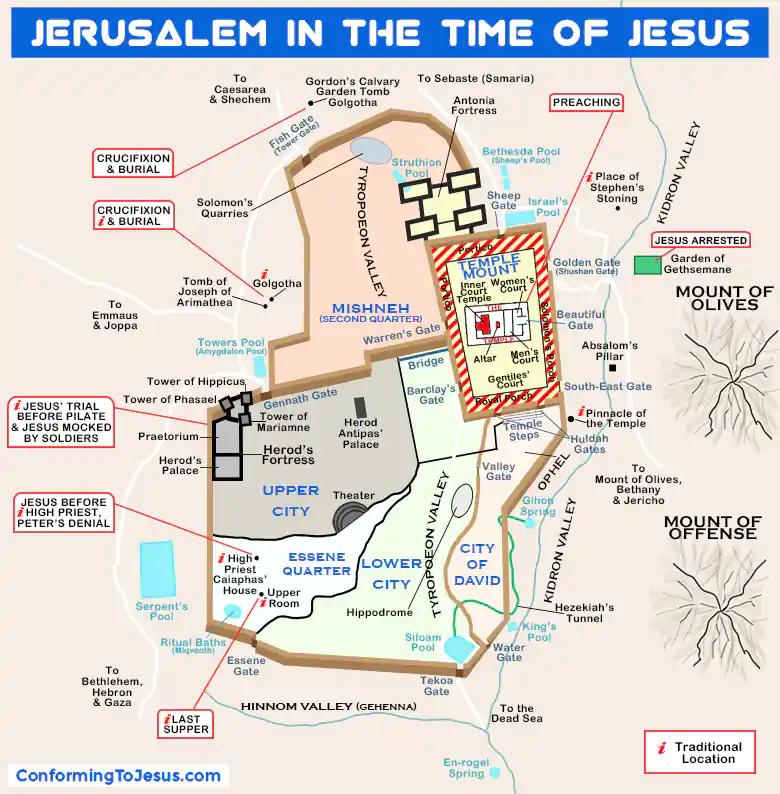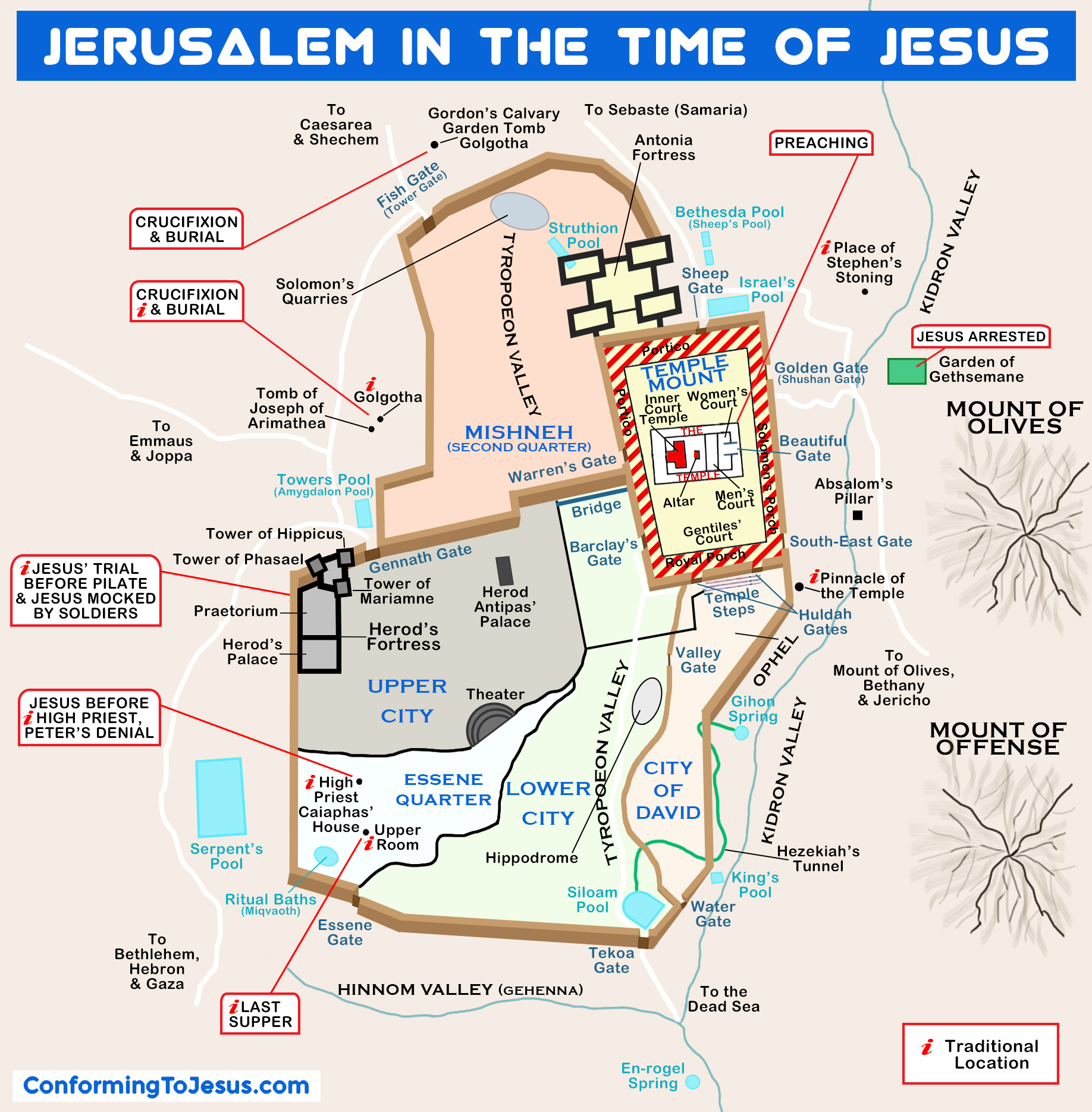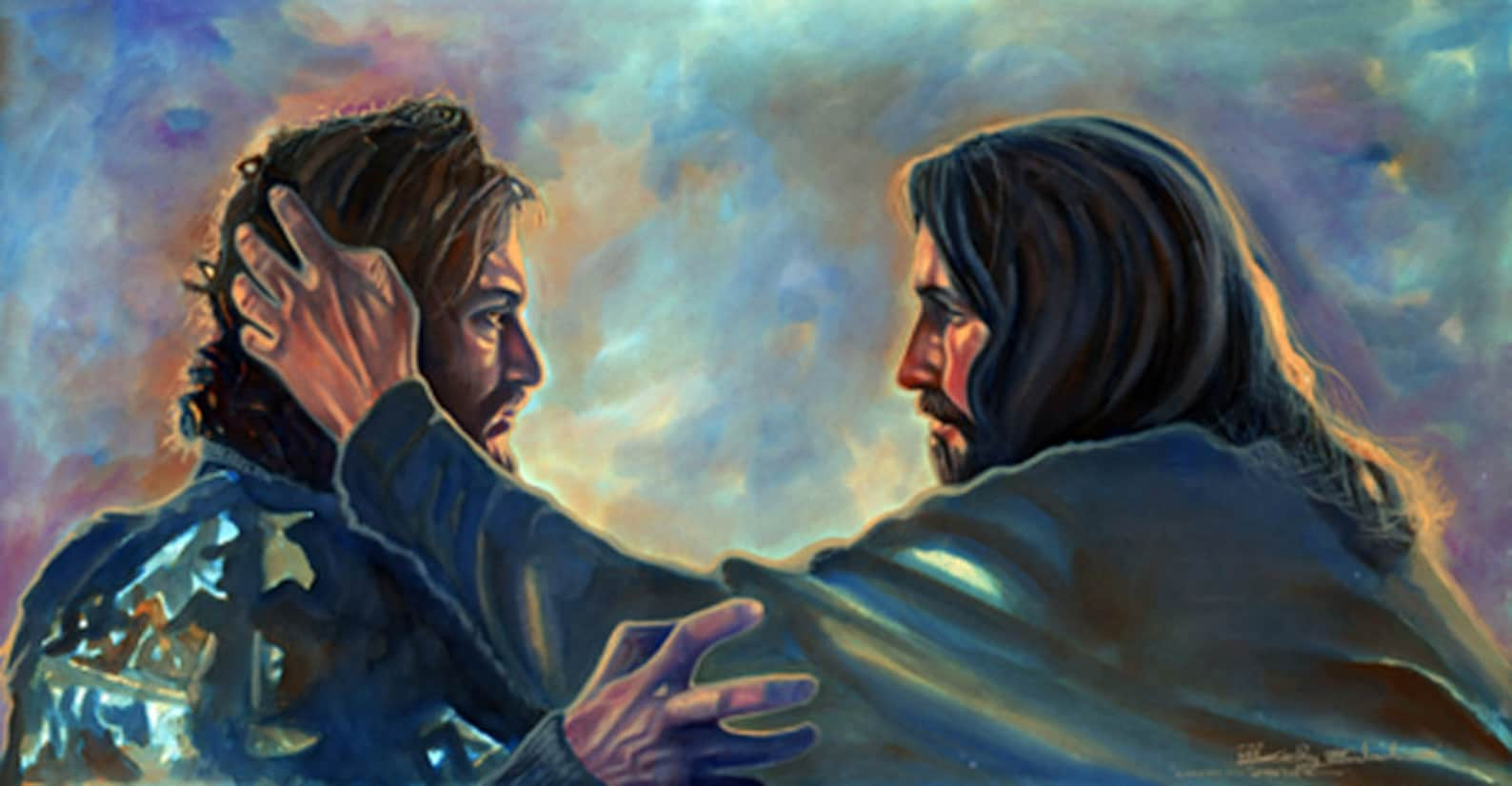All of these can be read in one sitting of 35 minutes or spread these out over the next forty days!
The 35 minutes include a thorough reading of the linked article "Mandate on the Mountain" which is excellent and meaty.
Eight days later
245. Jesus appears to Thomas: Mark 16:14, John 20:24-31
Thomas is often called "Doubting Thomas" because he had to see to believe. When he saw, he acknowledged Jesus' deity by exclaiming, "My Lord and my God!" Jesus said that we are blessed if we can believe without having to see.
Again, we see the keyword "believe" in the book of John.
Two weeks later
246. Jesus appears to seven disciples: John 21:1-14
Jesus manifested Himself for the seventh time since His resurrection to seven disciples by the Sea of Galilee. This is the third appearance to the apostles. The angel had promised they would see Him in Galilee in Matthew 28:7. They did not recognize Him until the miracle of the 153 fish. Again, Peter did something impulsive.
They all ate a breakfast of fish (giving credence to the bodily resurrection). In Acts 10:41, Peter speaks of eating and drinking with Him after He arose from the dead.
247. Jesus challenges Peter: John 21:15-25
This is one of the most beautiful passages in the Bible. Peter denied Jesus three times beside a fire (John 18:18, 25-27). Again, by a fire, Jesus reinstates him three times!
In response to the question, "Do you love Me more than these?" in which Peter responds with a "Yes" every time, Jesus says:
Tend My lambs (15)Shepherd My sheep (16)Tend My sheep (17)
In 21:15-16, Jesus uses the Greek word, agape, for the highest kind of love; unselfish and sacrificing that is divine in nature; but Peter responds by saying He loves Jesus with phileo love, which is love and fondness for a friend. In 21:17, Jesus uses phileo which can be translated as, "Are you even my friend, Peter?"
Jesus had said in the Upper Room: "He who has my commandments and keeps them is the one who loves Me; and he who loves Me will be loved by My Father; and I will love him and will disclose Myself to him" (all of these uses of love are agape, John 14:21). Jesus was to shepherd the sheep of Jesus into believing, loving, and obeying Him.
Jesus said to Peter, "Follow Me!" Love for Jesus means following His commandments in obedience-based discipleship, not because we have to but because we love (agape) Him. Moving to unselfish love like this can only be wrought by the Holy Spirit working inside of us. What blessings follow for those who do too!
Peter would give his life in love for the LORD. Jesus predicted that Peter would have his hands stretched out, and later in life, Peter died on a cross with outstretched hands (1 Clement 5:4; 6:1; Eusebius The Ecclesiastical History 2. 25).
Peter wondered about John's future, but Jesus did not want Peter to be distracted by other people's journeys but to simply follow Jesus. That is a good word for all of us! By the way, John lived the longest of all the disciples and witnessed the Lord's return in the visions that he recorded in the Book of Revelation!
John's gospel ends by affirming that the testimony is true (even though it may have been added later by someone other than John) and that there were many other miracles that could have been recorded.
John had accomplished his stated goal:
248. Jesus gives the great commission: Matthew 28:16-20, Mark 16:15-18
Jesus commissioned His followers to go on the basis of His authority. The Greek word here is exousia, and it means "official right or power." In addition, He commissioned them to go to all the nations. The Greek phrase for "all the nations" is panta ta ethne. This does not mean political nations with man-made boundaries but all the different people groups of the world as they tend to understand and define themselves by language, lineage, or socio-cultural factors. This is the clearest mandate for world evangelization given, but if you have been reading along with the Bible Book Club, you have probably learned that, from the beginning, God has always wanted to bless all nations (Genesis 12). Through the whole Old Testament and the four Gospel accounts, it is clear that God has always wanted to bless all nations! See the REFLECTION section for more about this.
249. Jesus appears to the disciples in Jerusalem: Luke 24:44-49
He appeared to His disciples over a period of 40 days and did much of what He did with the two disciples on the Emmaus road where He talked about The Scarlet Thread of Redemption starting in Genesis 3:15 and throughout all the prophecies about Him in the Old Testament. This time it says He talked about the prophecies in the Psalms too.
He commissioned them to preach repentance and forgiveness of sins to all the peoples (see Event 248 to see what that means). Luke goes on to tell us how the disciples did that in the book of Acts! Stay tuned! It is all so very exciting.
He also told them to wait until they received the Holy Spirit (Acts 1:8) which will be described in Acts 2.
Forty days later (Ascension Day)
250. Jesus ascends into heaven: Mark 16:19-20, Luke 24:50-53, Acts 1:9-12
The gospel accounts overlap with the beginning of Acts. Jesus has given His commission. Now it was time to leave the earth and go back to the right hand of God, the Father (Mark 16:19; Acts 7:56). After Jesus left, the Acts account records two angels in human form (Luke 24:4) telling them of Jesus' return on the Mount of Olives (Revelation 1:7; Zechariah 14:4).
This caused them to go back to Jerusalem and the temple with GREAT JOY, praising God! Then they preached/proclaimed the gospel everywhere with signs authenticating the message of salvation through Jesus (Mark 16:20)!
Fifty days later
251. Pentecost: Acts 2
Read about it in Acts 2 of the Bible Book Club, and join me for the rest of the New Testament!
REFLECTION - Please read this!!!!!!!!!
And it is with GREAT JOY that we conclude the Gospel Harmony Book Club. I hope you have benefited from this study. I sure have!
In 1988, I had the honor of going to Bangkok, Thailand with a team of seventeen people. Most mornings, our leader and teacher on the trip, Steven Hawthorne, expounded on God's heart for the nations. Here is an article he wrote that summarized what I learned from being under his leadership for 2 1/2 months. It deals with a much better exposition of Matthew 28:19-20 than I could ever give. Please take the time to read it. You will be blessed.
Jesus had said in the Upper Room: "He who has my commandments and keeps them is the one who loves Me; and he who loves Me will be loved by My Father; and I will love him and will disclose Myself to him" (all of these uses of love are agape, John 14:21). Jesus was to shepherd the sheep of Jesus into believing, loving, and obeying Him.
Jesus said to Peter, "Follow Me!" Love for Jesus means following His commandments in obedience-based discipleship, not because we have to but because we love (agape) Him. Moving to unselfish love like this can only be wrought by the Holy Spirit working inside of us. What blessings follow for those who do too!
Peter would give his life in love for the LORD. Jesus predicted that Peter would have his hands stretched out, and later in life, Peter died on a cross with outstretched hands (1 Clement 5:4; 6:1; Eusebius The Ecclesiastical History 2. 25).
Peter wondered about John's future, but Jesus did not want Peter to be distracted by other people's journeys but to simply follow Jesus. That is a good word for all of us! By the way, John lived the longest of all the disciples and witnessed the Lord's return in the visions that he recorded in the Book of Revelation!
John's gospel ends by affirming that the testimony is true (even though it may have been added later by someone other than John) and that there were many other miracles that could have been recorded.
John had accomplished his stated goal:
But these have been written so that you may believe that Jesus is the Christ,
the Son of God; and that believing you may have life in His name.
(John 20:31)
248. Jesus gives the great commission: Matthew 28:16-20, Mark 16:15-18
Jesus commissioned His followers to go on the basis of His authority. The Greek word here is exousia, and it means "official right or power." In addition, He commissioned them to go to all the nations. The Greek phrase for "all the nations" is panta ta ethne. This does not mean political nations with man-made boundaries but all the different people groups of the world as they tend to understand and define themselves by language, lineage, or socio-cultural factors. This is the clearest mandate for world evangelization given, but if you have been reading along with the Bible Book Club, you have probably learned that, from the beginning, God has always wanted to bless all nations (Genesis 12). Through the whole Old Testament and the four Gospel accounts, it is clear that God has always wanted to bless all nations! See the REFLECTION section for more about this.
249. Jesus appears to the disciples in Jerusalem: Luke 24:44-49
He appeared to His disciples over a period of 40 days and did much of what He did with the two disciples on the Emmaus road where He talked about The Scarlet Thread of Redemption starting in Genesis 3:15 and throughout all the prophecies about Him in the Old Testament. This time it says He talked about the prophecies in the Psalms too.
He commissioned them to preach repentance and forgiveness of sins to all the peoples (see Event 248 to see what that means). Luke goes on to tell us how the disciples did that in the book of Acts! Stay tuned! It is all so very exciting.
He also told them to wait until they received the Holy Spirit (Acts 1:8) which will be described in Acts 2.
Forty days later (Ascension Day)
 |
| Gebhard Fugel [Public domain], via Wikimedia Commons |
The gospel accounts overlap with the beginning of Acts. Jesus has given His commission. Now it was time to leave the earth and go back to the right hand of God, the Father (Mark 16:19; Acts 7:56). After Jesus left, the Acts account records two angels in human form (Luke 24:4) telling them of Jesus' return on the Mount of Olives (Revelation 1:7; Zechariah 14:4).
This caused them to go back to Jerusalem and the temple with GREAT JOY, praising God! Then they preached/proclaimed the gospel everywhere with signs authenticating the message of salvation through Jesus (Mark 16:20)!
Fifty days later
251. Pentecost: Acts 2
Read about it in Acts 2 of the Bible Book Club, and join me for the rest of the New Testament!
REFLECTION - Please read this!!!!!!!!!
And it is with GREAT JOY that we conclude the Gospel Harmony Book Club. I hope you have benefited from this study. I sure have!
In 1988, I had the honor of going to Bangkok, Thailand with a team of seventeen people. Most mornings, our leader and teacher on the trip, Steven Hawthorne, expounded on God's heart for the nations. Here is an article he wrote that summarized what I learned from being under his leadership for 2 1/2 months. It deals with a much better exposition of Matthew 28:19-20 than I could ever give. Please take the time to read it. You will be blessed.
MANDATE ON THE MOUNTAIN by Steven C. Hawthorne
The original sidebar has been omitted from the above article. So I have included it in this post:
Be sure to read the articles above and consider taking the entire Perspectives on the World Christian Movement course! Classes usually start in mid-January so if you are reading this according to the traditional Bible Book Club schedule, you might not be too late to join a class!
No matter where you are in your walk with God, this class will challenge and encourage you! I took it in 1987, and I often grade for the class now. I never cease to love the "shot in the arm" it gives me as I review the things I learned.
If there is not one in your area, you can also take it online. It is well worth the investment of time and money. If you are still in doubt, take the first two lessons for free online!
In addition, HERE is a great article and acronym for thinking about Jesus in you!
PRAYER
Lord, thank You for giving us a clear purpose for our lives. May we obey You by loving You and our neighbor and taking the Good News of Jesus to all the peoples of the earth. We ask this in Jesus' name. Amen.
The original sidebar has been omitted from the above article. So I have included it in this post:
"The Great Commission and the Great Commandment" by Steven Hawthorne
The "Great Commission" of Matthew 28 has been seen as a counterpart to the so-called "Great Commandment," in which Jesus points to the most important of all commandments of Scripture. In the familiar passage (Matt 22:25-37, with parallel accounts in Mark 12:28-34 and Luke 10:25-37), Jesus says that the "greatest" of all biblical commandments is love for God and love for neighbor. Many significant evangelical voices have put the two imperatives side-by-side as a way of expressing the full responsibility of Christians in the world.
How does the Great Commandment relate to the Great Commission? They are often presented as balancing equals, corresponding to different dimensions of human need. the Great Commission is thought to focus on spiritual issues, while the Great Commandment is considered to address physical and social matters. But when they are held side-by-side as responses to human need, there can be confusion about how to integrate them as Christian mission.
Different: Historical Achievement and Constant Imperative
We may better see how the two commands work together if we respect how they are different. Comparing them as though they were equal may result in us failing to pursue either fully.
Loving God and our neighbors with devotion and service is not something which can ever be completed. Love is something that can only grow over time and must be pursued at all times. But the Great Commission is a global, historic achievement, a task to be completed. In spite of popular understanding, the Great Commission is not a command to do evangelism as often as one finds possible. It is a mandate entrusted to all of Christ's followers to accomplish a work that requires many generations of labor that at the end of history will be finished.
Same Focus: Both are For God
Try to balance or compare the Great Commandment and the Great Commission may be missing the point of either one. In neither of them is the pre-eminent focus on human need, spiritual or otherwise. The primary end of both is relational reality directed toward God. Though we often pay more attention to "love your neighbor" in the Great Commandment, the main point of Jesus' words is that God would be loved with heart, soul, mind, and strength. And the essential outcome of the Great Commission is equally for God, that He would be served by obedient disciples in every people.
The point is not just to love God, but to labor that He will be loved. The greatest way of loving our Lord is to see that He is worshiped, followed, and loved in every people. Furthermore, we have been given something greater than merely extending our own love to neighbors. We have a mandate to transform entire neighborhoods by multiplying those who love one another as Christ commanded.
How They Work Together
Neither can be prioritized above or below the other. Ultimately, neither can happen without the other. We cannot evangelize the peoples without excelling in love. And we cannot consider our evangelization to be complete unless people are growing in love for God and obeying Him by loving their neighbors. (Perspectives on the World Christian Movement, Fourth Edition edited by Ralph D. Winter and Steven C. Hawthorne.)APPLICATION
Be sure to read the articles above and consider taking the entire Perspectives on the World Christian Movement course! Classes usually start in mid-January so if you are reading this according to the traditional Bible Book Club schedule, you might not be too late to join a class!
No matter where you are in your walk with God, this class will challenge and encourage you! I took it in 1987, and I often grade for the class now. I never cease to love the "shot in the arm" it gives me as I review the things I learned.
If there is not one in your area, you can also take it online. It is well worth the investment of time and money. If you are still in doubt, take the first two lessons for free online!
In addition, HERE is a great article and acronym for thinking about Jesus in you!
PRAYER
Lord, thank You for giving us a clear purpose for our lives. May we obey You by loving You and our neighbor and taking the Good News of Jesus to all the peoples of the earth. We ask this in Jesus' name. Amen.






